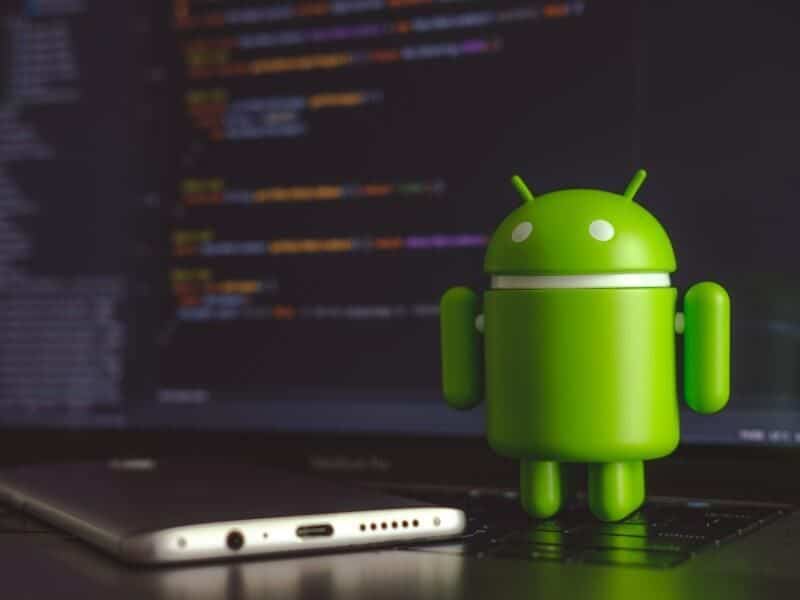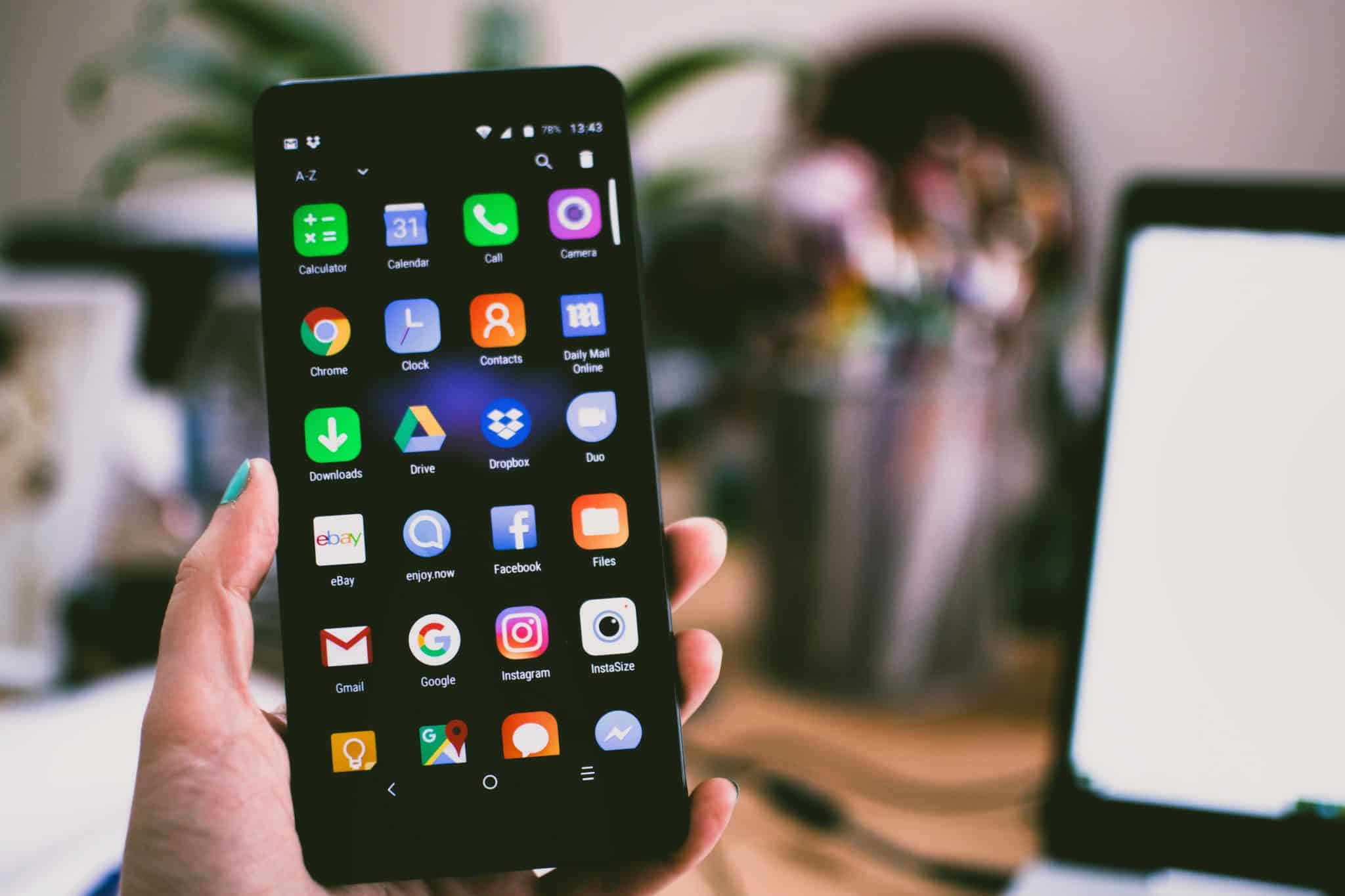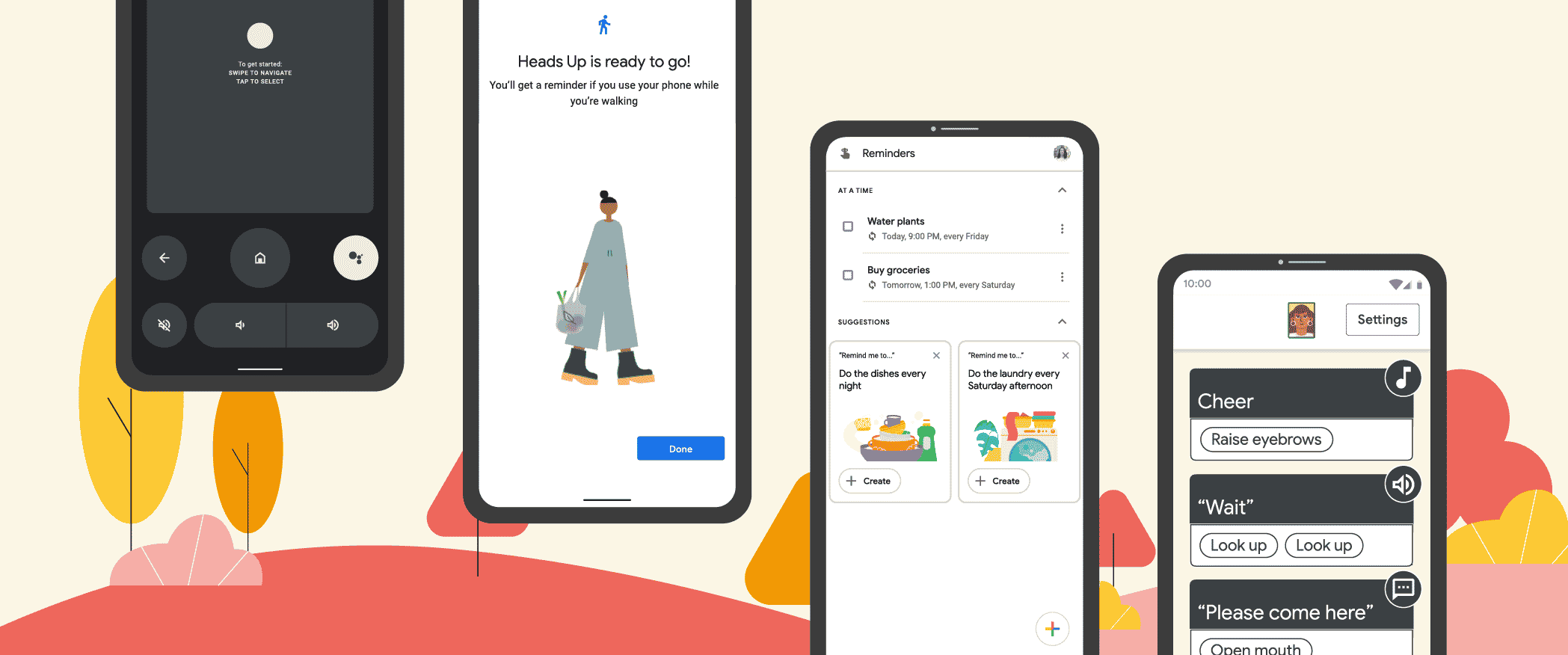I feel the need to preface this by mentioning that Android is my favorite mobile operating system. My first experience with Android was with version 2.2 Froyo. Even though I briefly switched to using an iPhone at the beginning of my career, I finally got reacquainted with Android devices.
The number of choices and modifications available with an os such as the Android is absolutely unprecedented in the world of smartphones, and Google’s integration of all of its applications and services into Android is seamless. That being said, I’m going to spend the rest of this post detailing Android’s obvious flaws.
Inconsistency
In my introductory line, I gushed about how Android’s myriad features make it ideal for tailoring your mobile experience to your own preferences. Though I stand by my first observation, I now see how it has exacerbated issues for everyone using the platform.
The difficulty with Android handsets is that you never know what type of gadget you’ll receive next. This inconsistency may be reduced to some extent by staying with the same Original Equipment Manufacturer (OEM), however, then you lose half of Android’s attractiveness.
Whether it’s the subpar construction of certain smartphones that continues to plague the industry as a whole or the reality that some new handsets ship with out-of-date technology, not just months or even years out of date. The reality is that if Android desires to preserve its dominant position in the mobile OS market, it will have to reduce the number of manufacturers supporting it and require all of them to adhere to particular quality requirements in both software and hardware.
In 2022, it should not be a major issue that you’re purchasing a smartphone with an outdated edition of Android, but if you’re not opting for a flagship and high-profile device, that’s exactly what you’re doing. The major obstacle to resolving this discrepancy throughout Android is that not all original equipment manufacturers (OEMs) will be on board; some are willing to continue releasing subpar hardware and software that quickly becomes unsupported.
While the tech has made progress in separating out different aspects of the Android OS so that they may be upgraded independently of one another, the platform still has a long way to go before it can provide a uniform user experience across the board.
Final Thoughts
It’s not that I expect Android to decline in industry dominance in the coming years; rather, it’s that it would grow more necessary for Android to remain consistent irrespective of whatever OEM people wish to utilize as more and more customers come online and engage with various kinds of devices.
Here are my predictions for the future of Android in 2022, and I’d love to hear yours! Why do you choose Android? When deciding between personalization and a uniform experience across platforms, how crucial is consistency? Please share your opinions and views with us.



